Imagine in a bustling financial center, a man in a smart suit walks past, in his hand is a crumpled tote bag, which looks no different from the plastic bag you just received at the supermarket.
But wait, something's wrong. It's the "Marché Packable Tote Bag" from Balenciaga's Winter 25 collection, and it costs $995.

Balenciaga's crumpled tote bag with an "astronomical" price tag has just been controversially launched (Photo: Balenciaga).
This is not a slip or a joke, but the latest chapter in Balenciaga's playbook - a strategy of turning the most mundane into luxury icons, and turning controversy into a money-making machine.
Collection of mockery: When trash becomes treasure
The crumpled tote bag is just the latest addition to Balenciaga's museum of eccentric items. Let's take a look at some of the standout pieces.
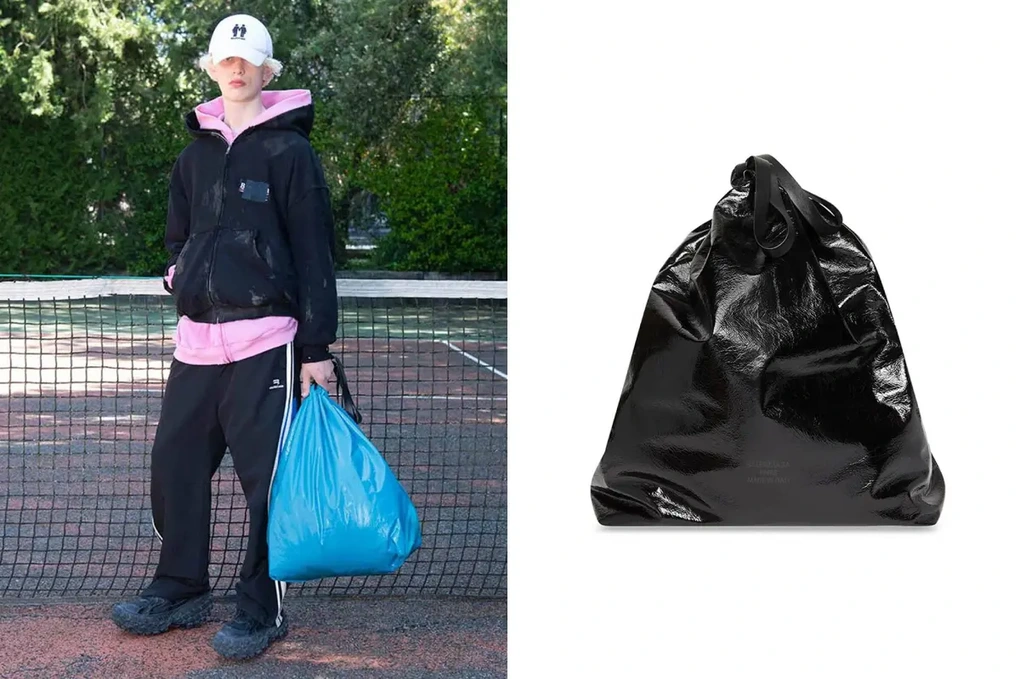
Trash Pouch: As the name suggests, this is a bag that looks exactly like a trash bag, made from calfskin and costs $1,790. Creative director Demna once proudly declared to Women's Wear Daily magazine: "I couldn't miss the opportunity to create the most expensive trash bag in the world, because who doesn't love a fashion scandal?" (Photo: Balenciaga).
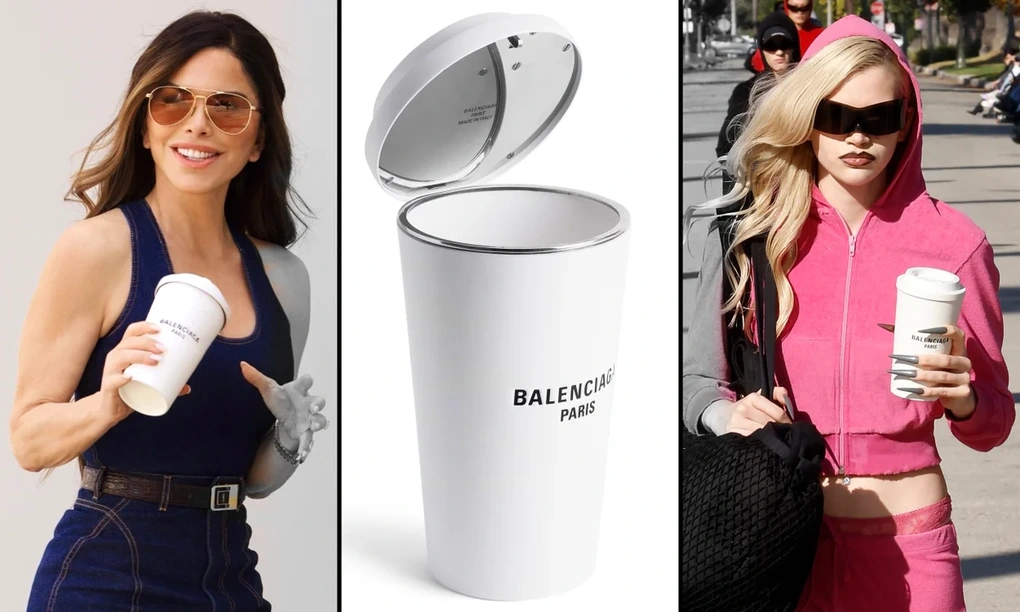
Coffee Cup Clutch: "Promoted" by businesswoman Lauren Sánchez, this calfskin bag simulates a takeaway cup of coffee, with an unbelievable price: 5,525 USD (about 145 million VND) (Photo: Getty).

Chips Bag: A perfect replica of the snack bag, made from shiny calfskin, sells for $1,840 (about 46 million VND) (Photo: LAY'S).

Gaffer Bangle: A metal bracelet that costs $1,175 (about 30 million VND), but has a design that looks exactly like a roll of packing tape (Photo: Tiktok).
These products, along with designs from Louis Vuitton (paint bucket bags), Moschino (orange juice box bags) and Anya Hindmarch (cereal box bags), have created a trend that experts call " Prosaic Luxury" - everyday luxury. But behind their ridiculous appearance is a carefully calculated business strategy.
The Attention Economy : Selling Controversy, Buying Fame
Demna's statement is the key to unlocking it all. In the digital age, where attention is the most precious currency, a multi-million dollar ad campaign may not be as effective as a viral Instagram post. Balenciaga has mastered the art of "shock marketing."
Every time a “crazy” product is released, it immediately sparks a global debate. The online community is divided into two camps: one side mocks, criticizing the nonsense and excess; the other, consisting of fashionistas and influencers, praises the originality and pioneering. Thousands of articles, posts, memes are created. The name Balenciaga is everywhere, completely free.
At its core, Balenciaga isn't just selling a handbag. They're selling a story, a meme, a ticket into the cultural conversation. Owning a "trash bag" isn't just buying a piece of leather, it's buying the right to say, "I know the game, I'm rich enough and funny enough to participate in this luxury joke."
The Psychology Behind the Absurdity: Privilege Plays with Poverty
But it’s not just clever marketing. Dr Gaby Harris, lecturer in fashion culture at Manchester Metropolitan University, offers a deeper perspective. She argues that these designs are a “privilege of the super-rich: to play with mass consumption while still maintaining exclusivity”.
When Lauren Sánchez, a multi-millionaire, carries a coffee cup bag worth more than $5,500, it becomes more than just a fashion accessory; it becomes an ironic statement.
In a context of escalating global coffee prices and increasingly expensive living costs, the act of turning a common item into an ultimate luxury item has exposed the gap between rich and poor in a blatant way.
The super-rich are "merging" into the world of ordinary people by replicating their belongings, but with a price tag that puts them on a completely different level.
Orsola de Castro, co-founder of the activist group Fashion Revolution, went further, calling it a “travesty.” She argued that while Andy Warhol’s Campbell’s Soup Cans were a protest and a social commentary, today’s coffee cup bags are simply “crude, ostentatious.”
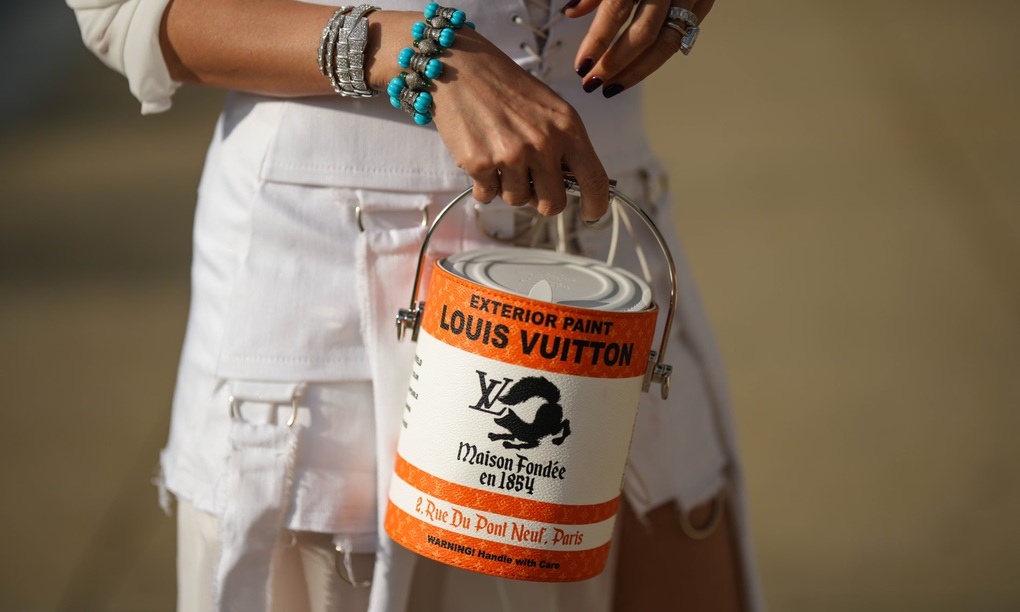
In addition to Balenciaga, many luxury giants also introduced unique designs, attracting much attention and debate. Pictured is an orange Louis Vuitton bag designed in the shape of a paint can (Photo: Getty).
The Return of the "Boom Boom": Showing Off Wealth in Unstable Times
The phenomenon also reflects a broader social trend that forecaster Sean Monahan calls the “boom boom”—the resurgence of the conspicuous, conspicuous consumption of the 1980s. In a world of political and economic upheaval, where old value systems are becoming more ambiguous, blatant displays of wealth have become the easiest way to assert status.
Fashion, as always, is a mirror of society. Balenciaga's outrageous bags are saying straight to the world: I have so much money, I can turn trash into gold.
So is Balenciaga selling madness or a brilliant business strategy? The answer is both.
It’s madness to those who view fashion through the lens of function and utility. But from a business perspective, it’s a genius strategy. By turning the ordinary into the extraordinary, turning criticism into advertising, Balenciaga has positioned itself not just as a fashion brand, but as a cultural creator, a master of the attention economy.
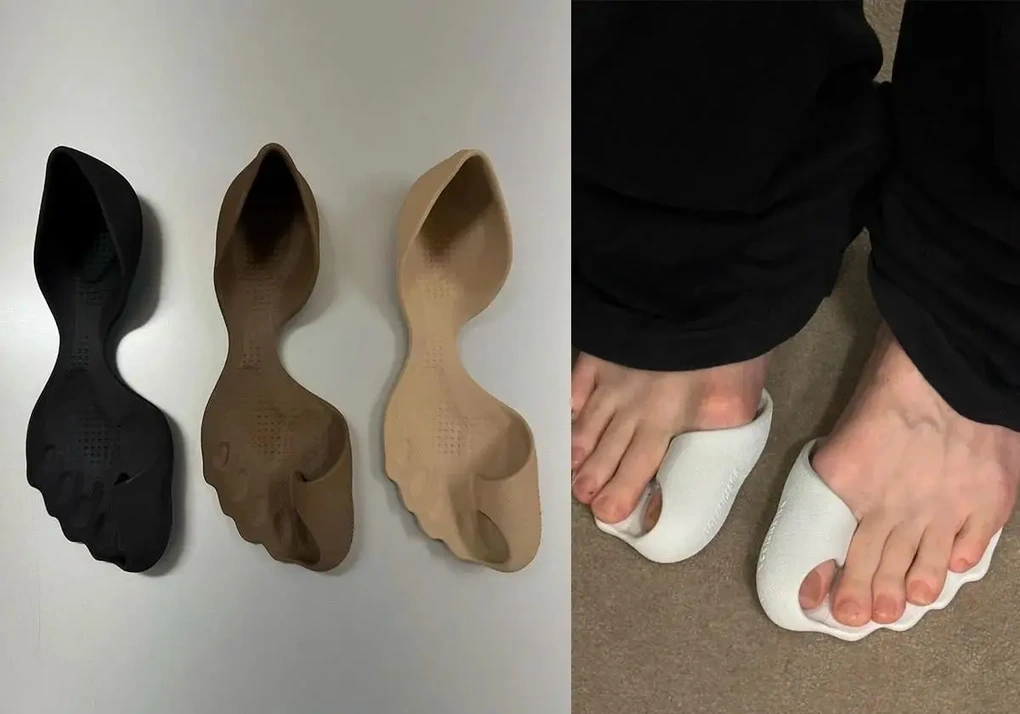
In late 2024, luxury fashion house Balenciaga introduced its latest shoe line for fall 2025, a design that makes the wearer look like they are... barefoot. The shoe, called "Zero", is designed with a small heel and toe, and comes with a flat sole (Photo: Reddit).
They have proven that in the modern luxury world, the value of a product is not in the calfskin or the stitching. It is in its ability to create a conversation, an event, a viral moment.
And in that game, Balenciaga is an absolute winner. The only question left is: how long will it take for the public to tire of these expensive "jokes"? Or is this the future of luxury?
Source: https://dantri.com.vn/kinh-doanh/balenciaga-va-con-dien-gia-tu-tui-rac-1000-usd-den-ly-ca-phe-5000-usd-20250820165758666.htm







![[Photo] Super harvest moon shines brightly on Mid-Autumn Festival night around the world](https://vphoto.vietnam.vn/thumb/1200x675/vietnam/resource/IMAGE/2025/10/07/1759816565798_1759814567021-jpg.webp)
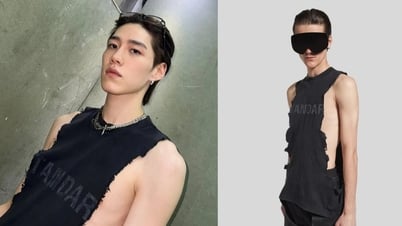
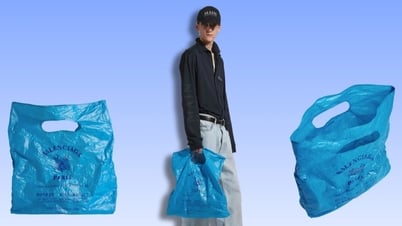
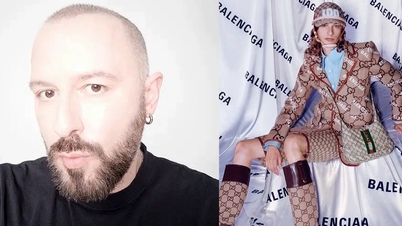
























































































Comment (0)